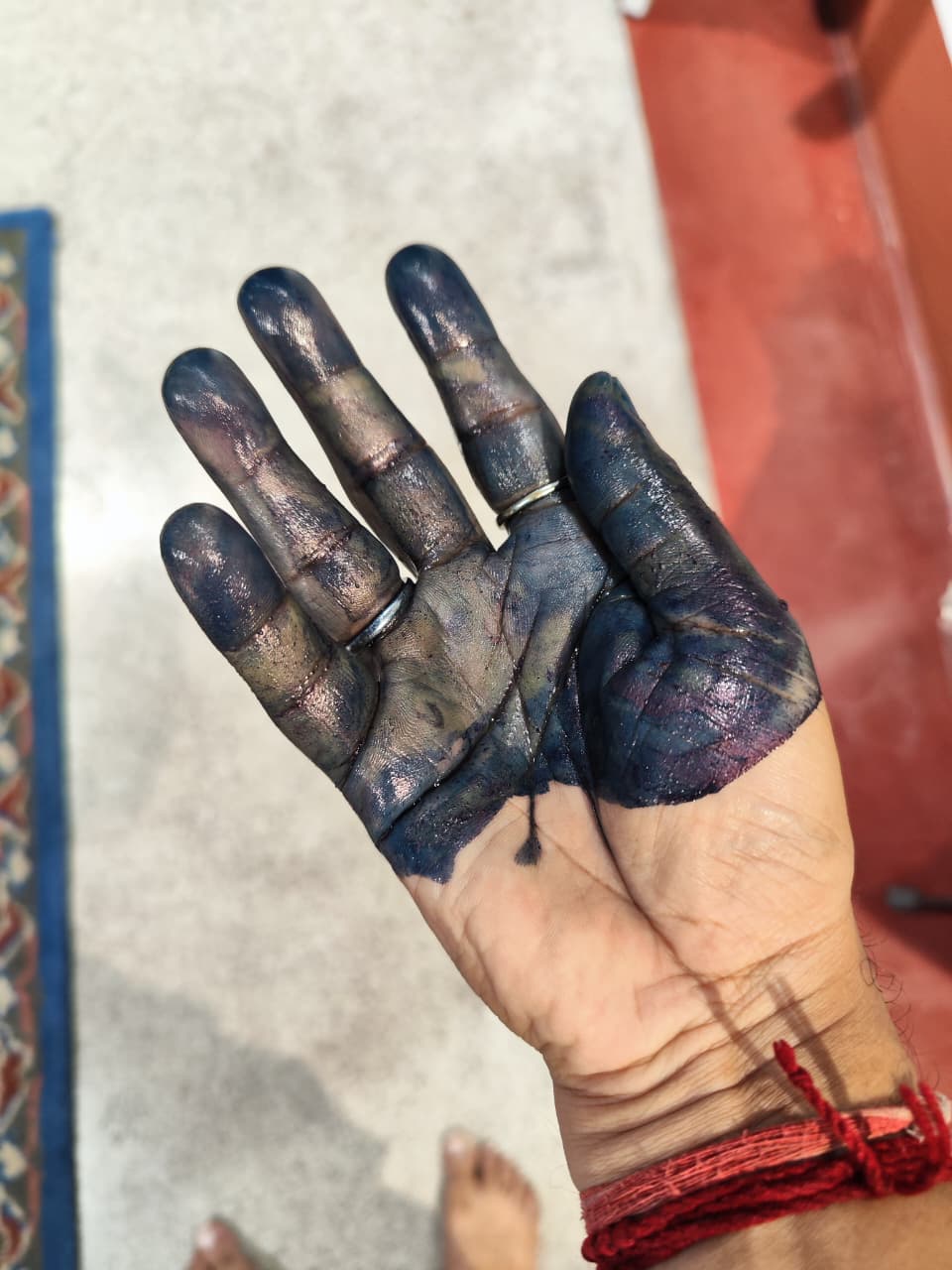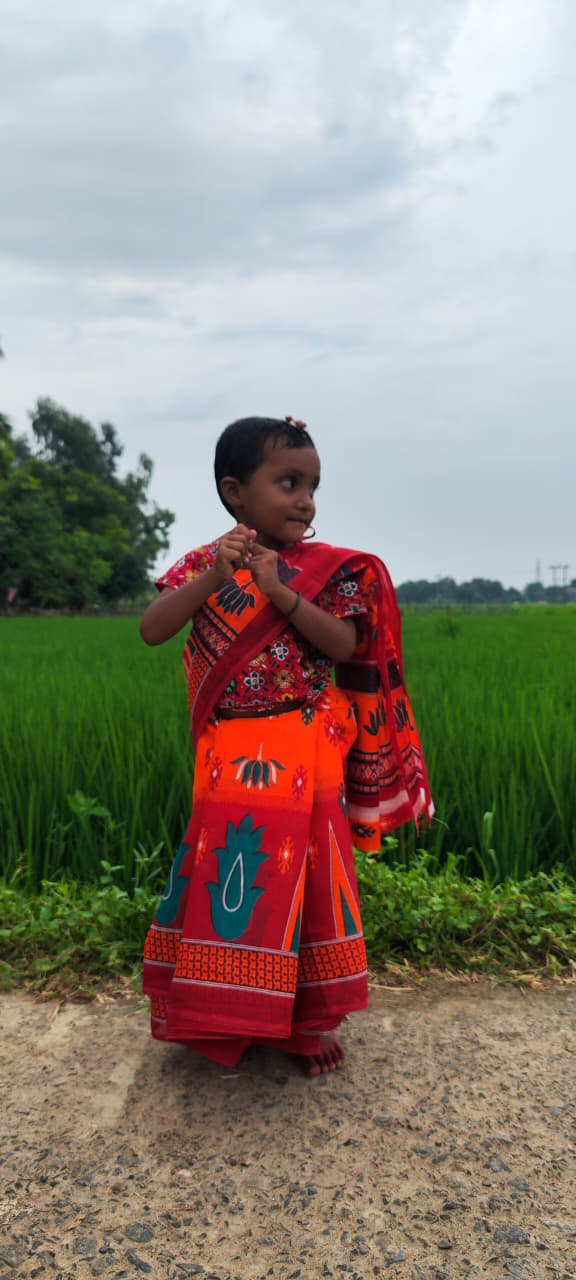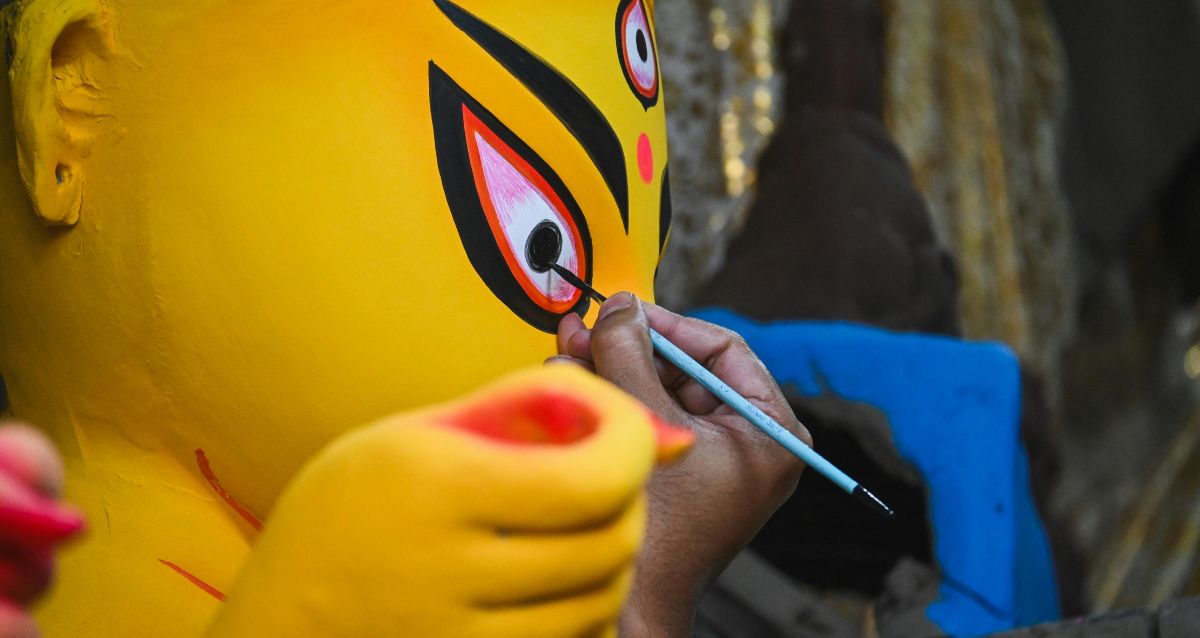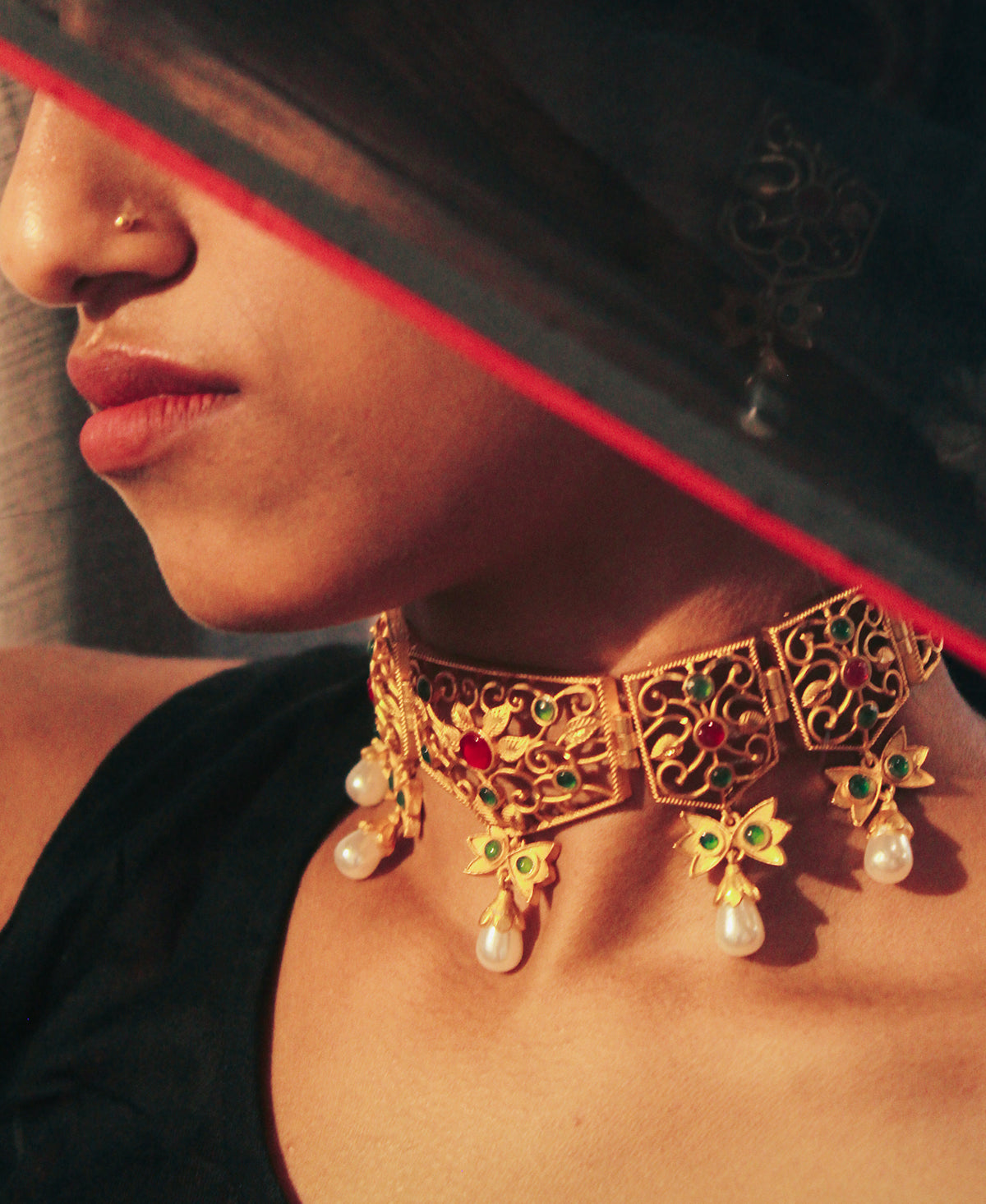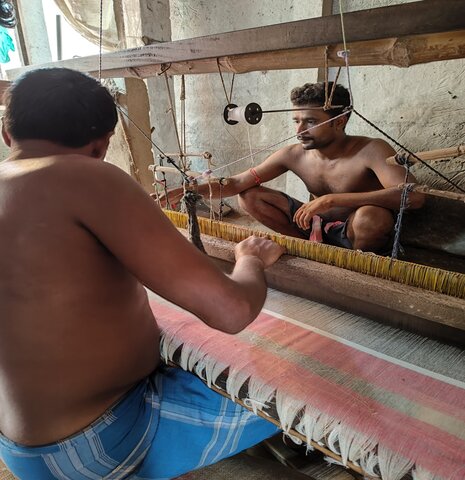My first tryst with Bengal’s jewellery heritage was through my mother and grandmother. Each article that they owned had a story to it. One that had been forgotten yet patiently waited to be heard again. And theirs wasn’t alone. Often heirlooms, their collection contained pieces that were made of heavy gold, silver, and other precious stones; these adornments were timeless. Women from all walks of life, both urban and rural, rich and poor, aristocrats and peasants, took pride in owning them. It was her ‘stridhan,’ a part of her identity.
Those tales and more were the very essence of my growing up. A part of those memories was what I carried within me when I decided to work on my latest jewellery line - Sabeki.
Coming from the Bengali word meaning old-fashioned, the name holds within itself whispers of age-old traditions that seek to draw relevance through the artistry of handcrafted jewellery. In this collection, I have used both gold and silver in intricate forms to capture the essence of Bengal’s rich lore, while ensuring it continues to find a place in contemporary wardrobes.
Why Sabeki?

The reason behind the name is to pay homage to the women of Bengal; to all the mothers and grandmothers and their resilience, and for their stories to come out from the ‘goynar bakshos’ where they were left to gather dust for years.
With this collection, the aim was to show the relevance of timeless designs in a world leaning toward minimalism. For instance, the paisley, or ‘kalkha’ as it is known in Bengal, is considered one of the oldest South Asian ornamentation motifs. For our grandmothers, it was an embodiment of auspiciousness, not just a pretty design. It was often worn at weddings, festivals and family get-togethers and was just as sacred as the paisley that was embroidered on saree borders or painted on ‘alpanas.’
Similarly, for our mothers, who came a generation later, circular earrings and pendants with floral blooms in the middle were a favourite, even though our grandmothers too carried them with equal ease. Neither too heavy nor too plain to the eye, these designs were often seen in everyday earrings and symbolised eternity.

Filigree work or ‘jori kaaj’ as it is referred to in Bengal, has been preferred since the time of the Nawabs. Gold, delicately twisted into fine wires and shaped into flowers, vines, and creepers, was often treasured for its intricacy and lightweight practicality. Seen in lockets, earrings and bangles, these designs spoke of prosperity.
Designing these pieces brought back memories of my mother and grandmother’s heirloom collection. Passed down through the generations with love, hope and care, these adornments held immense value to them. But changing times have led to reduced significance. Today, most of these intricate designs filled with old-world charm stay hidden in boxes, rarely making an appearance. I wished to change that and introduce the world to the regal historical charm of Bengal’s heritage.
The Collection at a Glance
With Sabeki, I wanted to intertwine tradition with modernity. So, I researched and formed numerous sketches. Worked and reworked patterns, structures, styles and elements. I aimed to be precise and ensure that what I’d pictured in my mind would come out just the same in reality. Hours of toil, sweat and innumerable sketches later, I was able to give shape to my vision.
Some of the accessories are available in both gold and silver variants. They may be sets or individual pieces. These designs are a cultural reset in today's contemporary world and will seamlessly blend into any attire you choose to pair them with.
 The Eterna Weave Bangles, available in both gold and silver, showcase an interlinked metallic design that creates a tactile and luminous sculptural weave. Then there’s the Rupsona Kolkha with a jhumka drop, which juxtaposes the poetry of paisley and floral motifs to pair seamlessly with both traditional and Indo-Western ensembles. Hridaymohini holds a bold heart-shaped pendant engraved with floral filigree and highlighted with subtle red stone inlay; the matching earrings further enhance the motif.
The Eterna Weave Bangles, available in both gold and silver, showcase an interlinked metallic design that creates a tactile and luminous sculptural weave. Then there’s the Rupsona Kolkha with a jhumka drop, which juxtaposes the poetry of paisley and floral motifs to pair seamlessly with both traditional and Indo-Western ensembles. Hridaymohini holds a bold heart-shaped pendant engraved with floral filigree and highlighted with subtle red stone inlay; the matching earrings further enhance the motif.
For those of you who prefer statement silver pieces, the Nakshi Rupo is a powerful choice. The oxidised finish, dual-strand design, and engraved pendant evoke tribal and temple-inspired grandeur that is further elevated with a pair of ghungroo-adorned jhumkas.
A little something for everyone.
A Homage to Vintage Royalty
I wanted my latest selection to bring together artistry, heritage, and innovation in an assemblage that would trace its roots in traditions and modernity. Each piece is meant to be a dialogue between past and present, and a subtle reminder that jewellery is much more than just an adornment, but an identity, memory and a sense of belonging.
With the launch of Sabeki, I share a selection that honours the forgotten legacy of raw and delicate craftsmanship. And I invite you to partake in this journey and incorporate it into your timeless story.
The full collection will be made available on our website soon, so stay tuned.



